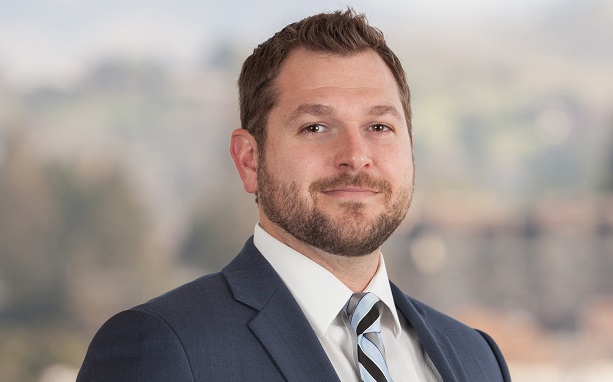The Securities Exchange Commission and North American Securities Administrators Association recently weighed in on the 2017 Tax Cuts and Jobs Act by addressing six topics in its publication which can be found here. The SEC guidance advises investors in a Qualified Opportunity Fund (QOF) to be aware that:
- interests in a QOF offered and sold are considered securities, would require the QOF to comply with an exemption to SEC registration such as 506(b) or 506(c) of Regulation D,
- require individuals soliciting investors in QOFs in exchange for compensation to register as brokers,
- and the QOF pooled investments likely will be required to register as an investment company.
The experienced start-up entrepreneur and investor will read this guidance and understand that it is applicable to the QOF level, further supporting why start-up companies and investors should not invest or seek investment at the QOF level. Instead, they will understand that investors and start-up businesses can maximize the opportunity zone incentives at the Qualified Opportunity Zone Business (QOZB) level.
Entity Formation on Two Levels
1. QOF Level
A QOF is a corporation, LLC or partnership created for the purpose of investing in a QOZB. There must be a separate tax identification number apart from the investors’ current tax identification number and the investor does this by creating a new entity and obtain a new Federal Employment Identification Number (FEIN). The unique part about the QOF is that this entity must remain in good standing for no less than 10 years to fully benefit from the opportunity zone incentives.
The investor can and should create its own QOF. It does not need to pool its investments with another QOF. Once the QOF is created the funds can be invested directly in one or many different QOZB’s. The decision is entirely up to the QOF investor.
2. QOZB Level
The QOZB is a corporation, LLC or partnership and is created the same way a QOF is created and has its own FEIN. A start-up company qualifies as a QOZB if the business generates at least 50% of its total gross income from the active conduct of a qualifying trade or business within the designated opportunity zone, subject to certain exclusions of “sin” businesses. This QOZB could offer securities for sale in its QOZB to QOF investors and avoid registering with the SEC under the exemption requirements of either 506(b) or 506(c) of Regulation D.
The QOZB is required to draft a private placement memorandum and subscription agreement and either offer its securities to no more than 35 unaccredited investors under 506(b) and have no general solicitation, or no unaccredited investors under 506(c) and have general solicitation. Both exemption code sections would require the QOZB to provide detailed descriptions of the company through these private placement memorandum and related offering memoranda.
These documents provide the QOF investor sufficient information to determine if the investment in the QOZB is a sound investment. Unlike a QOF seeking investors, the QOZB would not be required to register as an investment company because the QOZB is not created for the purpose of pooling QOF funds to invest in other QOZB.
Treat the QOF as Holding Company
The tax benefits for the QOF investor include deferring the capital gains and elimination of up to 15% of the capital gains owed if the investor holds the funds in the QOF for at least 7 years. The capital gain on the QOF’s investment grow tax free so long as the QOF does not distribute the funds for at least 10 years.
You will note that the requirement is not to continue the investment in the QOZB for at least 10 years. The QOF can sell interest in a QOZB and roll over its investments into other QOZB and still maintain its QOF status so long as the funds held by the QOF are not distributed to the QOF investor before the end of the 10-year period.
The QOF could invest in one QOZB and sell its interest in the QOZB some date in the future so long as the QOF reinvests the funds in a new QOZB within 12 months of the sale. This cycle of buying and selling interest in the QOZB level could theoretically continue until 2028 and then hold until 2047 under the current guidance allowing an investment in 2019 at the QOF level grow tax free for nearly 30 years, if it is done correctly.
Michael Krueger is counsel in the Walnut Creek office of Newmeyer & Dillion LLP. He can be reached at [email protected].
© Touchpoint Markets, All Rights Reserved. Request academic re-use from www.copyright.com. All other uses, submit a request to [email protected]. For more inforrmation visit Asset & Logo Licensing.







